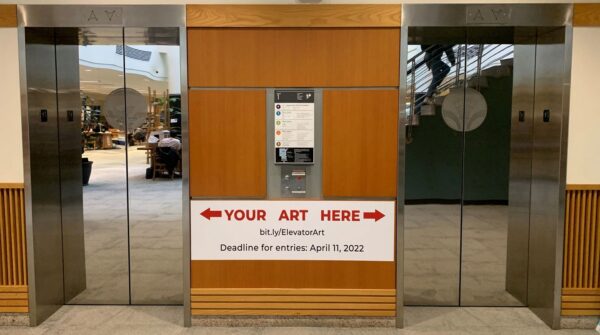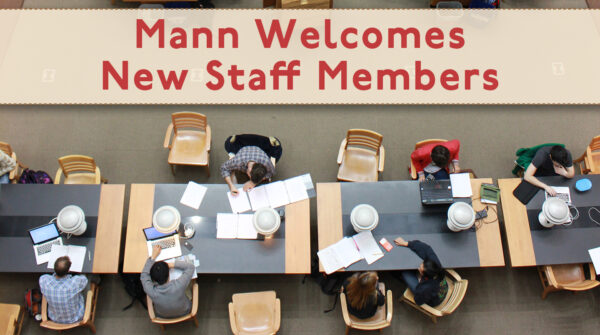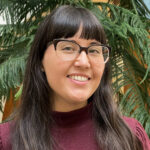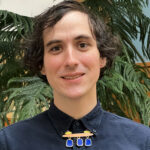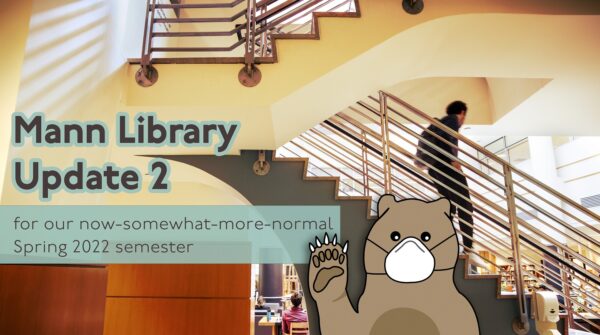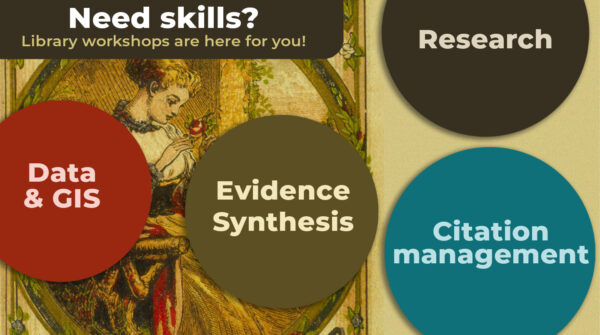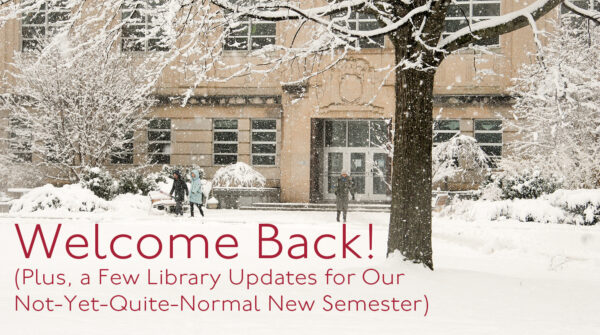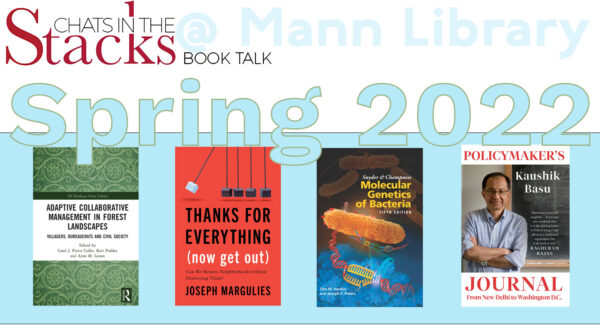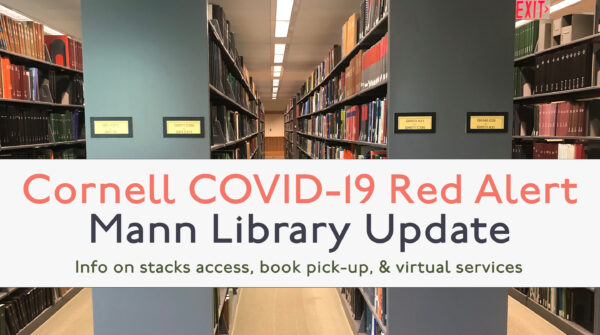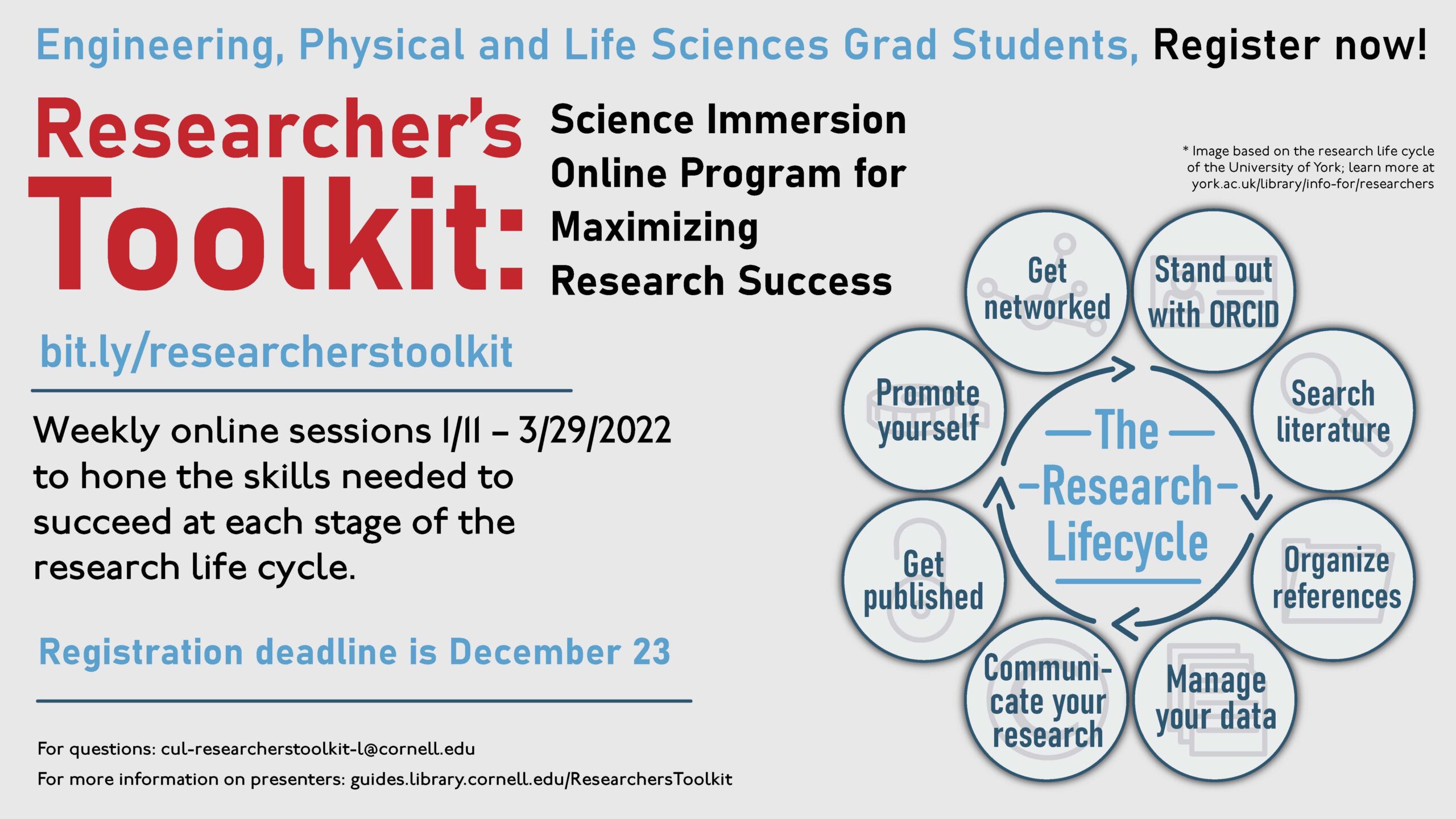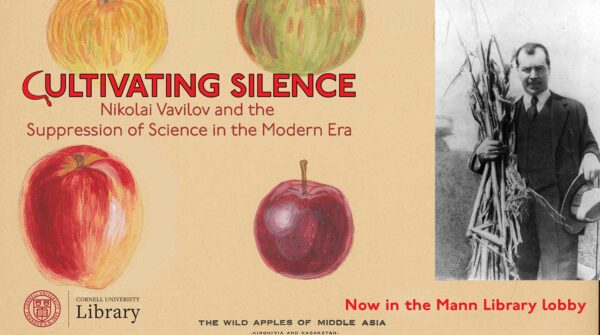Cornell students, enter our elevator art contest for a chance to showcase your creativity for a chance to win a Cornell Store prize, valued at $100 (with gift receipt)! The winning entries will be displayed on the 1st floor elevator doors in both Mann Library and Olin Library and will be judged both by visual appeal and by how well they fit our theme for 2022: “Connection.” You must be a currently enrolled undergraduate, graduate, or professional school student at Cornell.
Use the submission form (Cornell login required) to provide basic information about you and a paragraph describing how your entry supports the theme. Upload a high-resolution, digital file of your artwork. You must also attest that your work (including all images contained in it) is original and solely made and owned by you. Any inaccurate information could disqualify your submission. Multiple submissions are allowed.
Deadline: April 11, 2022. The winners will be chosen by April 18.
Image file requirements and recommendations
- File name must include your net ID, for example “cd58_TitleOfWork.jpg”.
- Final size of decal is 88 inches high x 42 inches wide (split down the middle to allow doors to open).
- Portrait orientation works best.
- File format must be vector (e.g. PDF, EPS, AI or SVG), or high-resolution raster, larger than 20MB (e.g. JPEG, TIFF, PSD).
If your image is a photograph, please provide the location where your photograph was taken (city, country, and landmark). Consideration will be given, in part, to the location where the photograph was taken and any legal restrictions on the use of images of individuals from that location.
